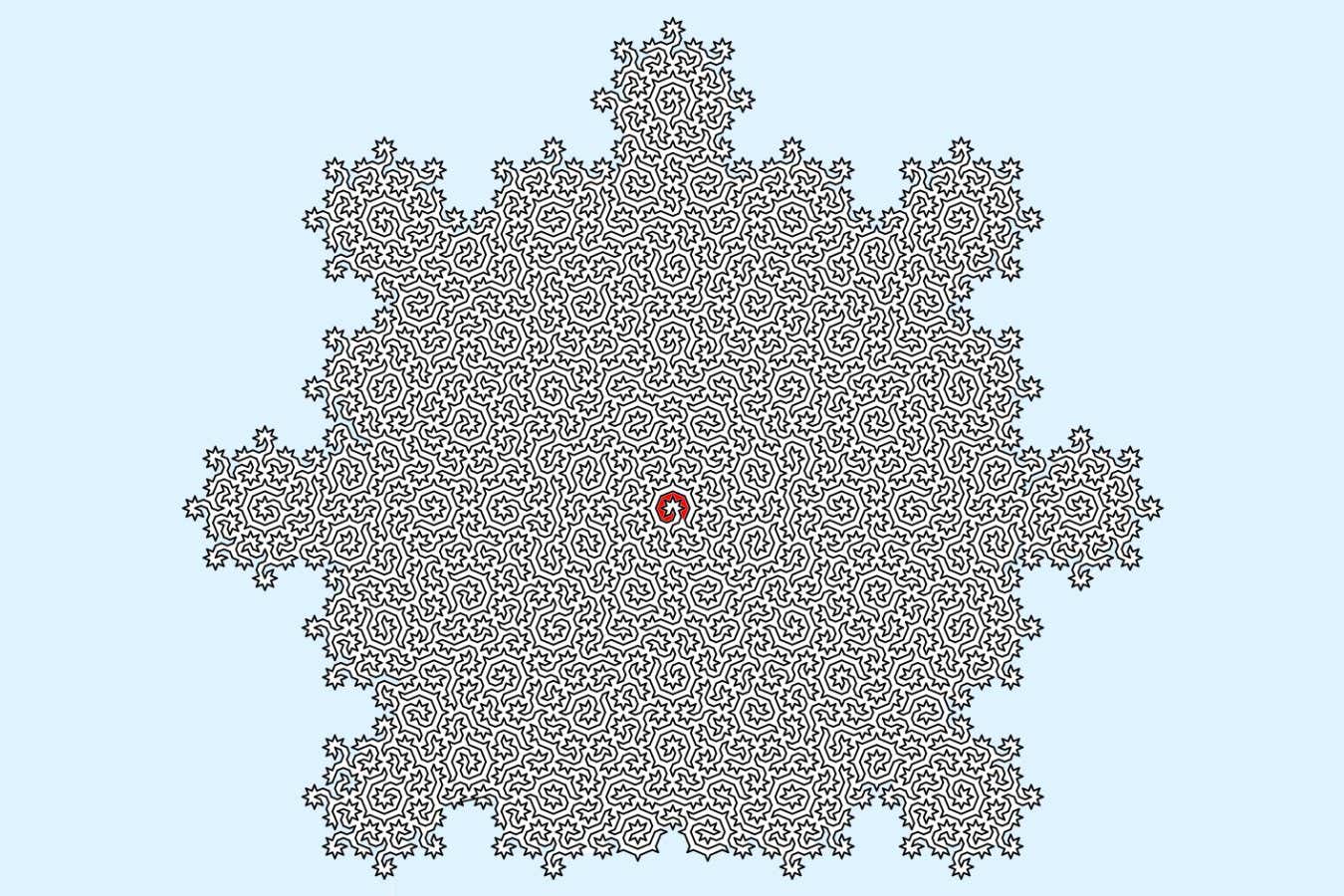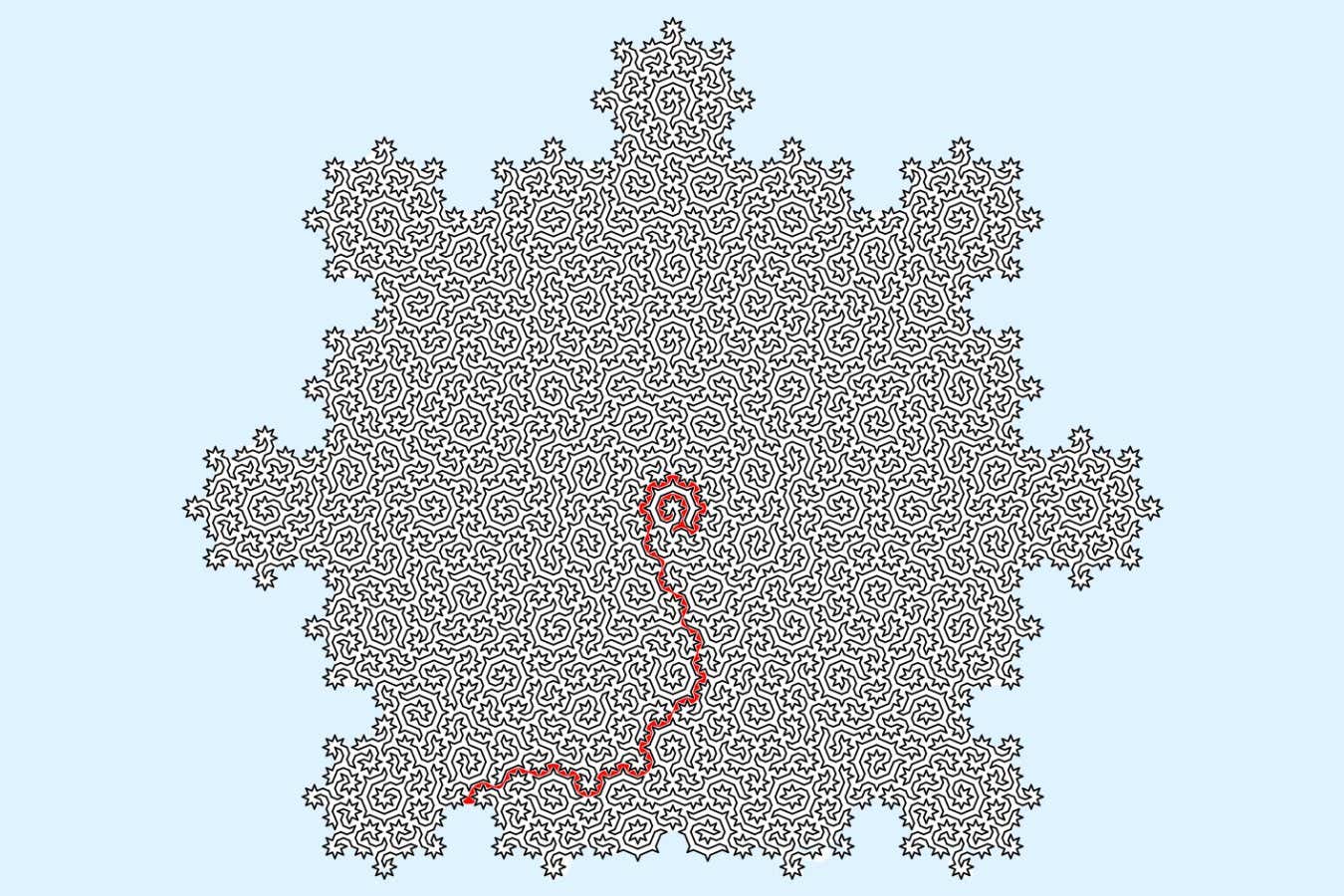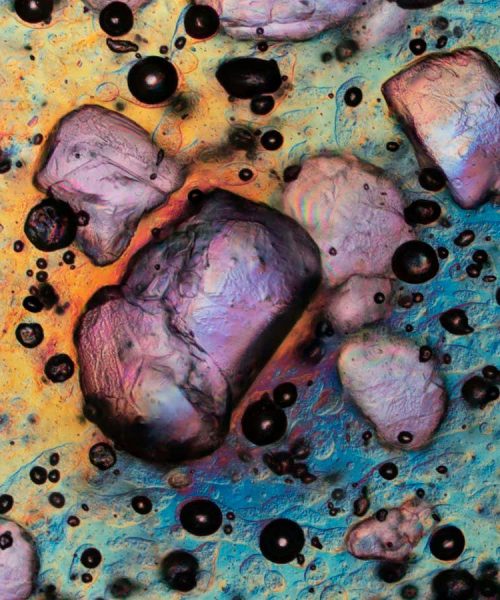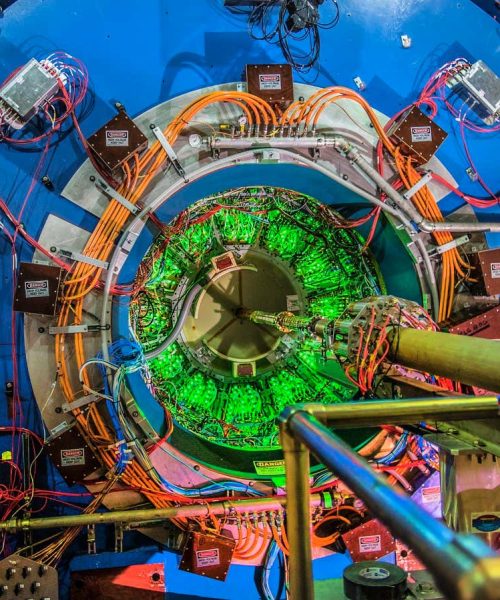
Can you find you way out from the red centre of the maze? Scroll down for the solution
University of Bristol
An algorithm designed to find the most efficient path from atom to atom in a bizarre kind of crystal turns out to produce incredibly intricate mazes. As well as making mazes, the technique could help speed up certain industrial chemical reactions.
The crystals in question are called quasicrystals because, while their atoms are arranged in repeating forms like an ordinary crystal, they display more complex and unpredictable forms of symmetry. Such crystals have been synthesised in the laboratory and were even created by the first detonation of a nuclear weapon in 1945, but only one natural source has ever been found: a meteorite discovered in Russia in 1985.
Advertisement
“Quasicrystals have all these symmetries that couldn’t possibly exist in [normal] crystals, which is kind of a fascinating thing,” says Felix Flicker at the University of Bristol, UK. “It’s this very beautiful area of maths, but one where people can kind of appreciate the beauty of it kind of directly, without necessarily needing to know the details.”
Flicker and his colleagues have developed an algorithm to quickly create a route that touches every atom in a quasicrystal once, and only once. The diagrams of these routes form beautiful maze-like structures.
Creating such a route is what’s known as an NP-complete problem in computer science, one which becomes exponentially more complex as the number of atoms increases. These problems can quickly become virtually impossible to calculate at large scales, but the researchers found that for some quasicrystals the problem is unexpectedly simple.
“That was very surprising because that problem in general is known to be essentially impossible to solve, and there didn’t seem to be any obvious simplification provided by these quasicrystals because they don’t have translational symmetries,” says Flicker.”

A solution to the maze, marked out in red
University of Bristol
Flicker says that being able to develop such a route could have practical applications in a lab method known as scanning tunnelling microscopy, where an ultra-sharp tip is steered over a material to sense atoms one by one and build up an image at the atomic level. Some complex images, such as those of quasicrystals themselves, can take up to a month to create; but if a more efficient route that takes in each atom can be found then this could be cut in half, says Flicker.
He also believes that it could be used to create crystalline catalysts for industrial chemical processes that are more efficient than current methods, and therefore speed up or reduce the costs of making certain compounds. But Flicker thinks other uses could become apparent over time: “We’re hoping the most interesting applications are things that we haven’t thought of.”
Journal reference:
Physical Review X DOI: in press





